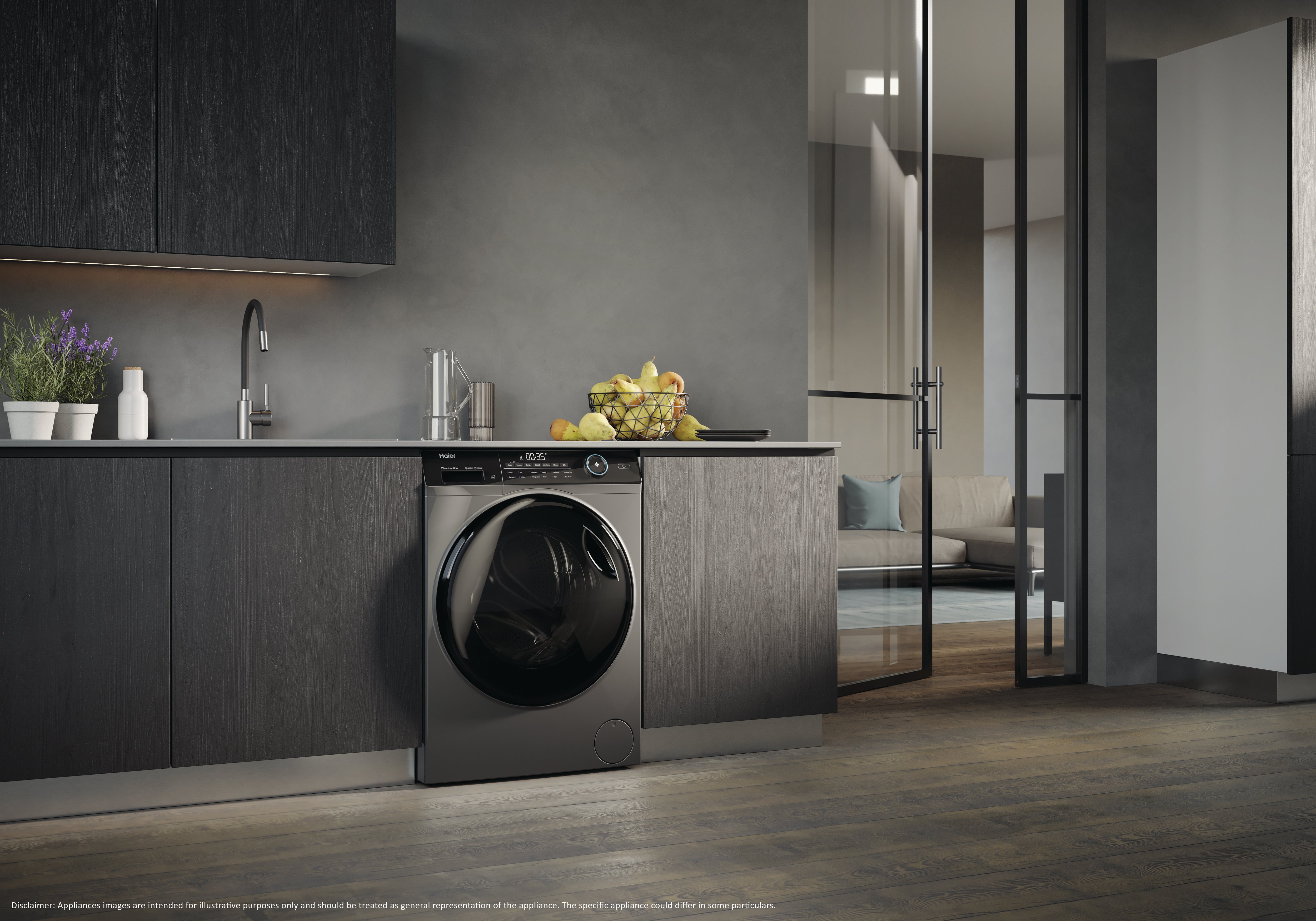Here’s how you can save money by changing your laundry routine
Here’s how you can save money by changing your laundry routine
Share:
Small changes to how you wash and dry your clothes can make a big difference, from adjusting temperatures to choosing energy-efficient appliances. Here’s how to cut costs while keeping your laundry fresh. Doing laundry is one of those household chores that never seems to pause, particularly in winter, when the volume of clothes we wear significantly increases and drying them outside is nigh-on impossible.

It’s little surprise to hear that washing machines and tumble dryers are two of the most expensive appliances to run – so knowing how you can reduce their energy usage could help you save money on your bills. Washing and drying laundry is so ingrained into our daily lives that it’s worth taking a step back to think about how we can do it more efficiently. Frequency is a good place to start. If clothes aren’t dirty, wear them multiple times between washes and consider spot cleaning, handwashing or steaming items when they’re only lightly soiled. This will not only cut down the amount of loads you need to run, but also help your clothes last longer.

Only wash bed linen, towels, underwear and heavily soiled items at 40C and higher, and wash at 30C for everything else. Where possible, make sure it’s a full load and use your appliance’s eco cycles, running at times when energy is cheaper. Pre-treating clothes can help wash more soiled items at lower temperatures. When it comes to using the tumble dryer, there are lots of ways to improve how efficiently you’re using it, as well as trying out less expensive drying methods.
To maximise the efficiency of your machine, clean the filter after each use as lint and fluff build-up can cause appliance uses more energy to get your clothes dry. Detangling clothes is also important for this reason. *Credit is subject to status. 18+. Your Personalised APR is determined by the lender, subject to individual circumstances. Minimum spend & exclusions apply. Late fees/charges may apply to missed payments and impact your credit file. Currys Group Limited is a credit broker under exclusive arrangements with the lender Creation Consumer Finance Ltd. Authorised & regulated by the Financial Conduct Authority.
**GB only. Minimum £25 spend to redeem voucher. T&Cs apply. ***UK 18+ only. Buy selected energy-efficient appliances from 29 January to 11 March 2025. Claim 32-42 calendar days post-purchase. One entry per itemised receipt. T&Cs apply. Removing excess moisture from your laundry will also make drying easier, so consider a quick spin cycle in the washing machine first or even part-drying on an airer. Drying similar fabrics together can also help you use your appliance more efficiently.
To use the tumble dryer less, consider a dehumidifier, as these can make air-drying indoors much easier and help you use less heating. As well as rethinking your laundry habits, the actual appliance you have can make a big difference to your energy usage. When it’s time to invest in a new washing machine or tumble dryer, choosing an energy-efficient model with innovative tech could help you save money for years to come.
Haier’s direct motion technology not only helps its washing machines to function more quietly, but also to run more efficiently. Rather than using belts and pulleys, the motor is attached to the drum, meaning fewer moving parts and less wear and tear. Check the appliance’s energy-rating – they range from A (the most efficient) to G (the least efficient), and are a useful indicator of how much energy they need to run.
Washing machines with larger capacities will reduce the need of loads you need to do, while those with sensors can detect how much water is needed to wash the items and perform accordingly. Heat pump tumble dryers are the most energy-efficient options and while on the higher end of the price scale, they can up to 50 per cent less energy than their traditional or condenser counterparts. They work by reheating the air that is passed through the drum and recirculating it to speed up the drying process.






















